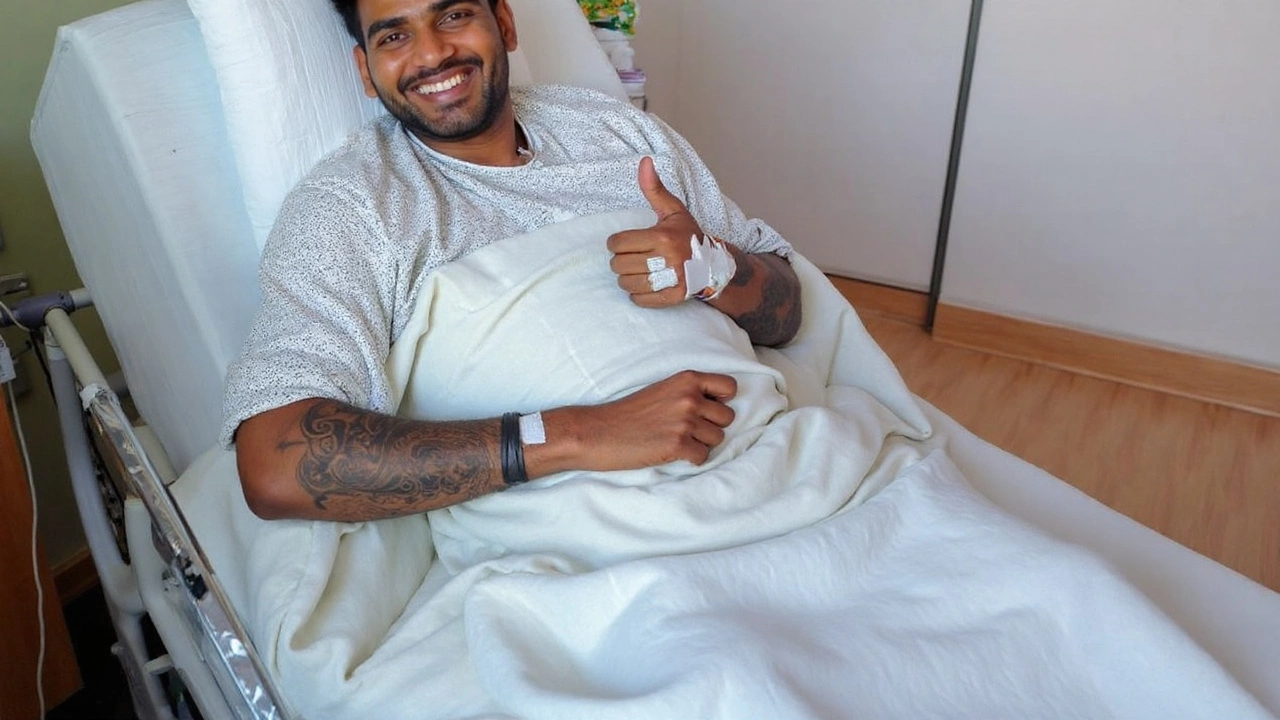Sports Hernia: What It Is and How to Fix It
If you’ve ever felt a sharp ache in your lower abdomen or groin after a hard sprint, jump, or kick, you might be dealing with a sports hernia. Unlike a traditional hernia that shows a bulge, a sports hernia is a soft‑tissue injury that hurts the muscles, tendons, and nerves around the groin. It’s common in athletes who do a lot of twisting, turning, or sudden acceleration – think soccer, hockey, basketball, or track.
The good news? Most sports hernias respond well to early care. Catching it early can cut down on downtime and help you get back to training faster. Below we break down the signs, why it happens, and what you can do right now to start feeling better.
Common Signs and Symptoms
Spotting a sports hernia early saves you from weeks of pain. Typical clues include:
- Gradual groin pain that worsens with activity and eases at rest.
- Sharp sting during sudden direction changes or when you lift your knee high.
- Stiffness in the lower abdomen after a game or workout.
- Weakness or a feeling of “giving way” when you try to sprint.
If the pain lingers for more than a few days or gets worse, it’s worth seeing a physiotherapist or sports doctor. They’ll check for other issues like a true abdominal hernia or hip joint problems.
Treatment and Prevention
The first step is to back off the activity that triggered the pain. Rest doesn’t mean complete bed rest; light walking or gentle stretching is fine. Most professionals recommend a three‑phase approach:
- Acute care – apply ice for 15‑20 minutes a few times a day, use over‑the‑counter pain relievers if needed, and keep the area supported with a compression wrap.
- Rehabilitation – once pain eases, start strengthening the core, hip flexors, and adductors. Simple moves like side‑lying clamshells, bird‑dogs, and planks work wonders.
- Functional training – add sport‑specific drills slowly. Think controlled lunges, single‑leg hops, and eventually, full‑speed sprints.
While you recover, focus on good warm‑up routines. Dynamic stretches (leg swings, high knees) raise blood flow and prepare the muscles for quick moves. Keeping your core tight during activity also reduces the strain on the groin area.
If you find the pain stubborn after a couple of weeks of rehab, a short course of physiotherapy with manual therapy or shock‑wave treatment can speed things up. In rare cases where the injury doesn’t improve, a surgeon may suggest a minimally invasive repair, but most athletes avoid surgery with dedicated rehab.
Bottom line: listen to your body, don’t push through sharp groin pain, and follow a structured rehab plan. With the right care, a sports hernia can go from a frustrating setback to a quick lesson in strengthening your core and staying injury‑smart.
